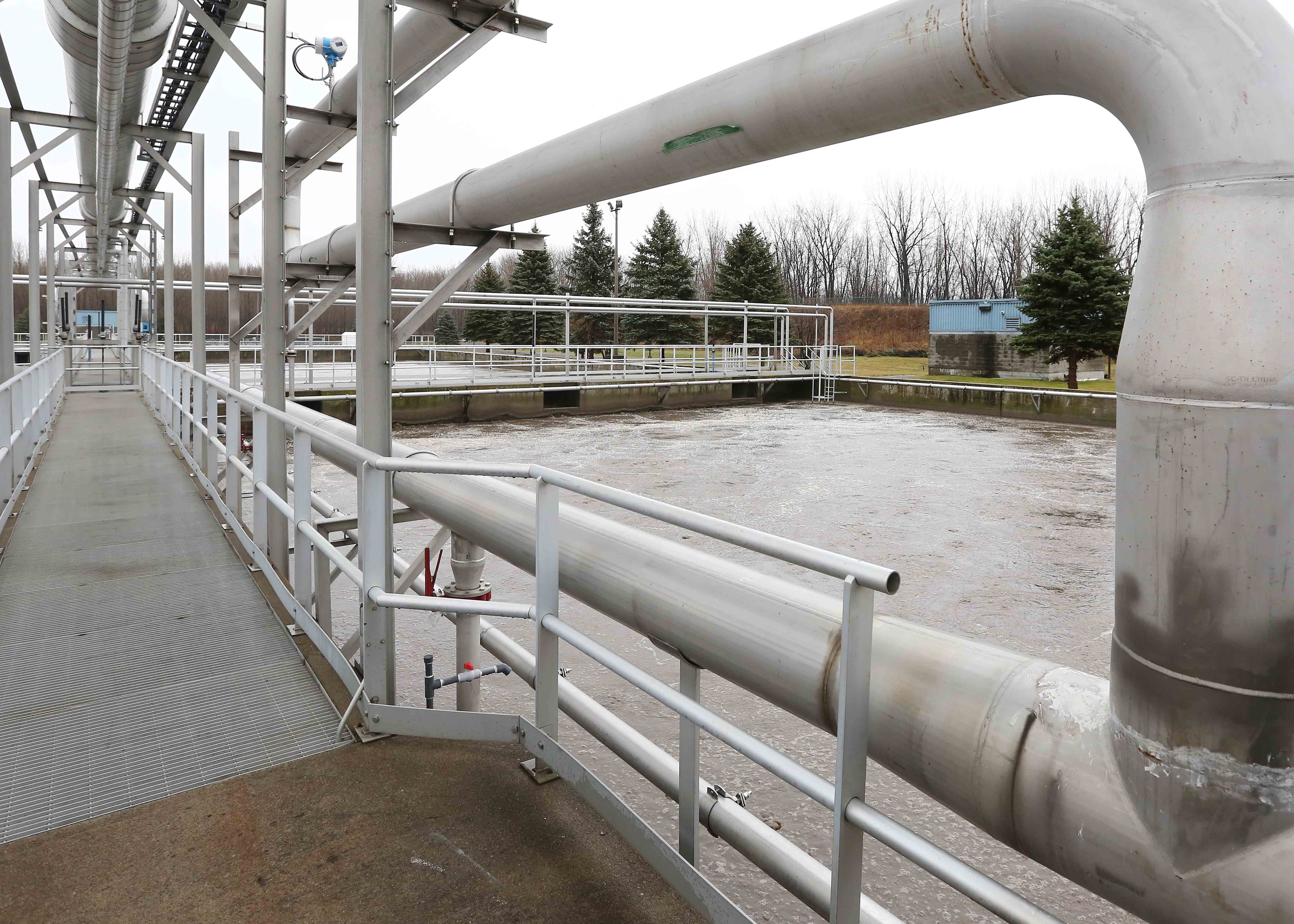France Lemieux, a citizen of Godmanchester, who is also secretary for the organization Crivert, is worried about sludge from sewage treatment plants and septic systems that is being spread on agricultural land in the Haut-Saint-Laurent.
In an article that was published this month in the Crivert newspaper « Verdure », France Lemieux mentions attending an information meeting at the Beauharnois-Salaberry MRC on October 15 concerning the 2016 – 2020 Residual Materials Management Plan (Plan de gestion des matières résiduelles – PGMR).
In it, she stated that residents of the Haut-Saint-Laurent are particularly worried about article 4, objective 6, of the PGMR which promotes « the recovery of all sludge from sewage treatment plants and septic systems once environmental criteria have been respected. »
« What criteria? What contaminant? As Boucar Diouf stated: »Specialists in chemical contaminants, their effects on biodiversity, habitat conservation and the fight against climate change have suffered heavily under the conservatives’ paranoid distrust of science. » It’s not reassuring and documentation is sparse, » emphasized Lemieux.
After deploring the fact that there are no criteria for « Triclosan », an endocrine disrupter, known for its bioaccumulation in the environment, France Lemieux is outraged about the silent « flushgate » threatening the Haut-Saint-Laurent.
« If dumping untreated sewage into the river can cause such an uproar, how is it that no one is upset when sludge is spread on the Dewitt esker. It is far from reassuring when the minister responds to our concerns with: « But this soil has been cultivated for 30 years. » Then boom, this excellent report in September: « 9 out of 10 rivers in agricultural regions are polluted by pesticides to a degree that is toxic to marine life. » Is it possible that contaminants from these biosolids or residual materials find their way into rivers and from there into larger bodies of water? » asked France Lemieux.
According to Lemieux, these contaminants need to be reduced at their source but in the meantime, we have to find other means of recovery. Ms Lemieux suggests that biomethanation could be part of the solution for dealing with sludge from sewage treatment plants and septic systems.
Translated by Cathleen Johnston




